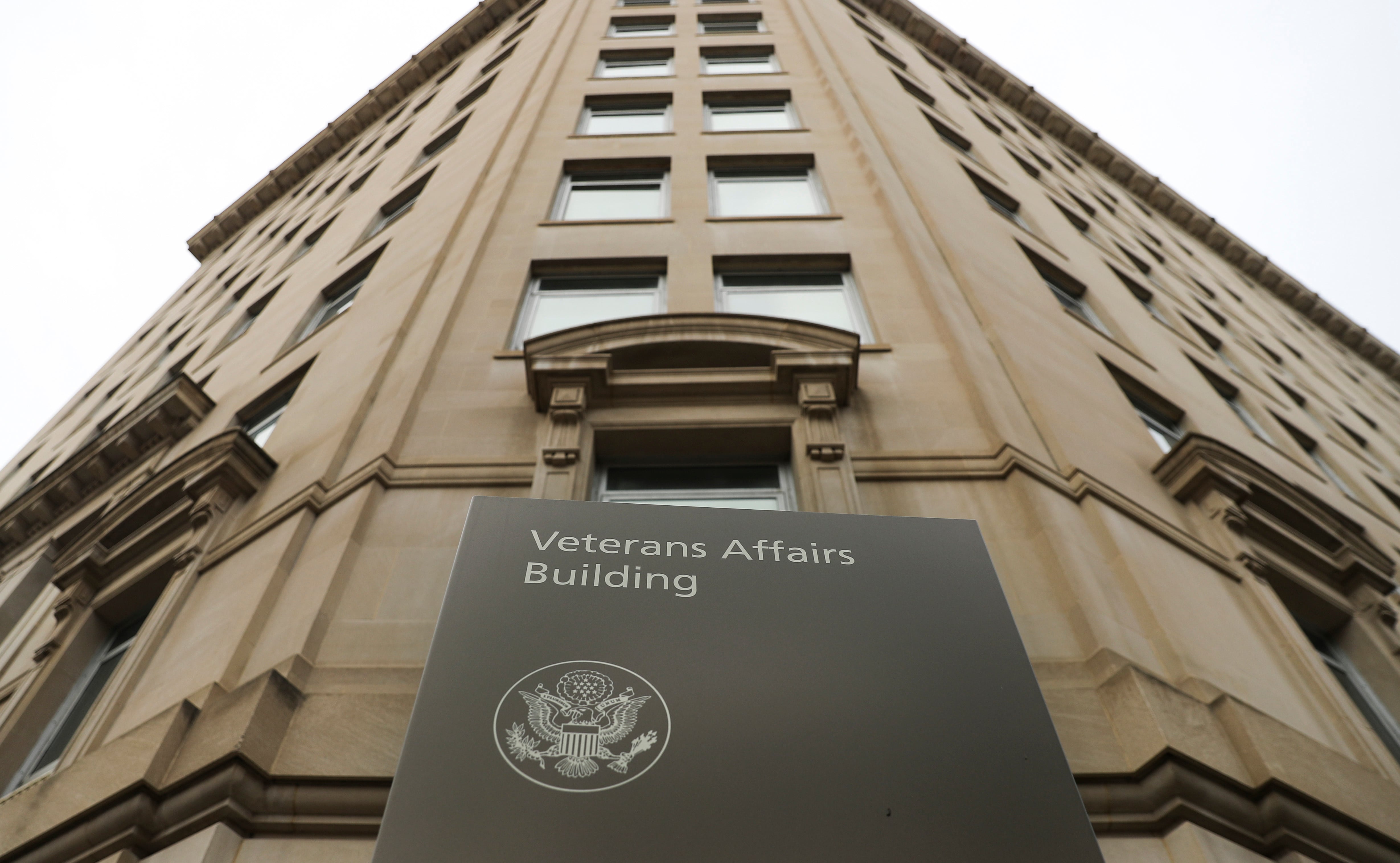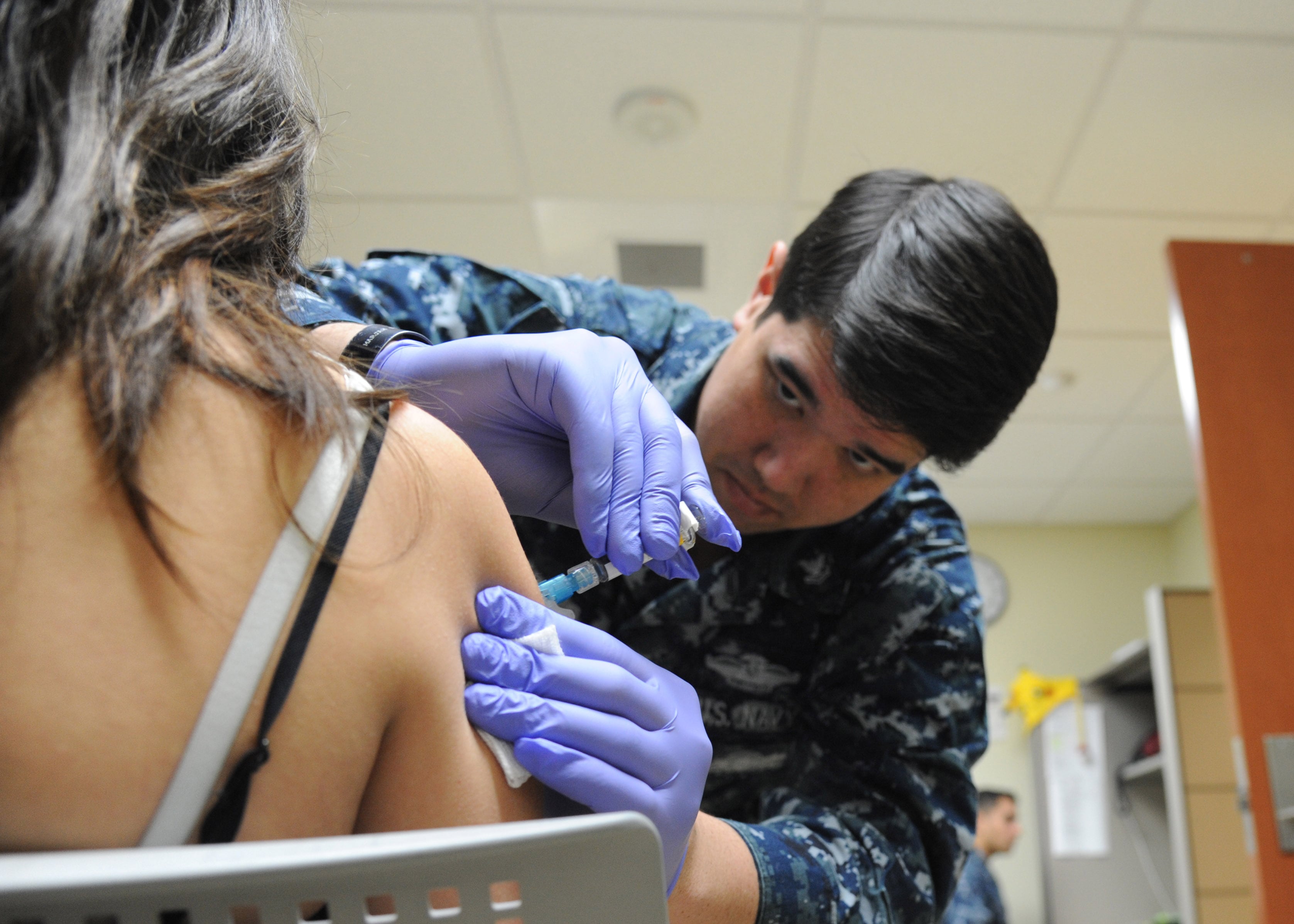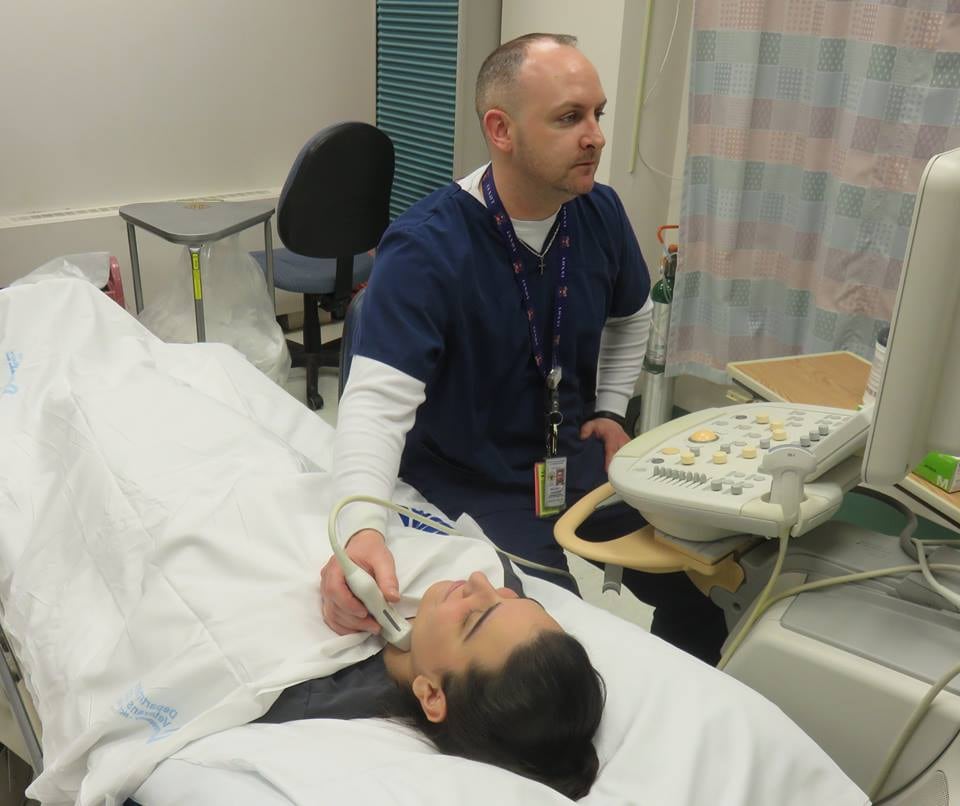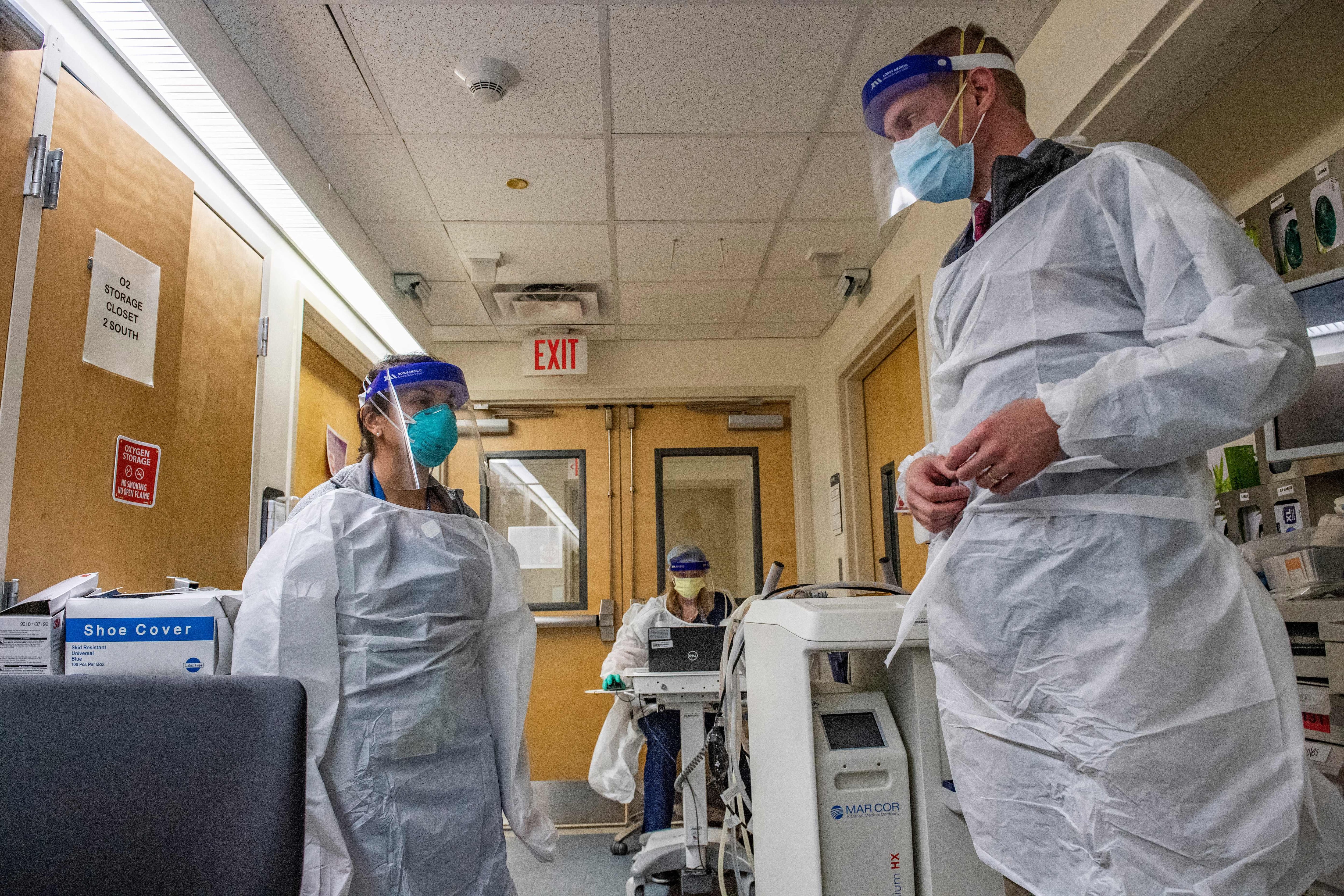ORLANDO, Fla. – New innovations for the Army's virtual training game will personalize avatars to look and act like their soldiers and integrate more troops, vehicles and aircraft into the simulated training environment.
"The Army is moving toward a more integrated virtual training environment" for its Virtual Battle Space game, said John Matthews, project director for Army Games for Training at Program Executive Office for Simulation, Training and Instrumentation (PEO STRI). The latest version, VBS3, brings new capabilities, the retired Army transportation officer told Defense News.
VBS3 is training soldiers at platoon and squad levels, immersing them in realistic mission scenarios. Matthews said PEO STRI is working to make the game more interoperative.
"When a platoon goes out into the field they've got support from vehicles, tanks, aircraft. What the Army wants to do is tie this in to some of the other trainers we have," Matthews said. "Drivers training is all about drivers, it doesn't teach you about the dismounted soldiers that are moving along with you. We're trying to integrate these things together to interoperate."
He gave as an example a dismounted soldier and a driver trainer, each of whom can see an image of a person on a cellphone standing on the street corner. The soldier and the driver trainer can see the man in the same place in the video stream. Matthews said the difficulty is to get software that allows the two to talk to each other and interact about what they're seeing.
Matthews challenges software companies to figure how to do that integration. "It's like trying to integrate Windows and Mac," he said.
He said integrated training can be crucial to prepare soldiers to adapt on missions.
"We did convoys all the time in Iraq. We trained only on convoys, so when we were hit, guess what we became? Dismounted. 'We didn't get trained on this, what do we do?'" he said. "Everybody becomes dismounted at some point."
The plan is to integrate the training with fixed-wing and rotary aircraft in simulations. If deployed soldiers need "500-pound bombs in this area real quick," they call the Air Force, they call on artillery and they need to know the language to use, Matthews said.
Virtual training will become increasingly joint, for example involving the Marine Corps and Air Force joint terminal attack controllers (JTACs).
Matthews said one recent training scenario involved soldiers wearing the Dismounted Soldier Training System (DSTS) coordinating with a Call for Fire Trainer and a JTAC, all interacting from different locations.
Avatar Realism
The view through the virtual weapon scope on the game screen is bobbing up and down, because the soldier holding the weapon has been running and he's breathing heavily. The avatar in the game will get tired faster or slower depending on how fit the real-life soldier is.
VBS3 is adapting to make the avatar look and fight more like the individual soldier playing the game.
New human dimension modeling will allow soldiers to apply their weight, height, PT scores and marksmanship scores to make their avatar look and perform like they do.
"What we're enhancing in this version of VBS3 is putting in marksmanship scores into each one of the avatars. So if you're a lousy shot, you're already going to be off the board a little bit," Matthews said.
The PT scores are used not only to give the soldier an understanding of how he will perform, but his squad leader and fellow soldiers too.
"If you have a squad running, and you have a guy lagging behind because he's a little bit slower, the squad leader knows when doing this in real life, 'I've got to remember Smitty's a little slow here,' or he's a bad shot, and learn to manipulate the team because not everybody's the same," Matthews said.
Soldiers will be able to tailor their avatars to show their own attributes such as race, gender, hair color, facial features and general body shape — slender or stocky.
When soldiers train in a scenario now, they see the other soldiers identified by a name on the screen above their avatars. VBS3 will develop so that soldiers can recognize each other's avatars on sight.
VBS3 is also expanding its terrain repertoire. Now there's a woodland database and a mountainous terrain. Soldiers can virtually maneuver in specific villages in Iraq. A North Korean database will give soldiers an idea of what to expect if they have to cross that border.
The long-range plan for the Army's virtual gaming is to "start looking at the cloud environment," Matthews said. "It may take us five years, but the cloud is what we're looking at now" to expand VBS capabilities.
One challenge will be security.
"We've got to worry about who else can hear that and see that," he said.
Email: kcurthoys@armytimes.com.
Kathleen Curthoys is editor of Army Times. She has been an editor at Military Times for 20 years, covering issues that affect service members. She previously worked as an editor and staff writer at newspapers in Columbus, Georgia; Huntsville, Alabama; Bloomington, Indiana; Monterey, California and in Germany.





